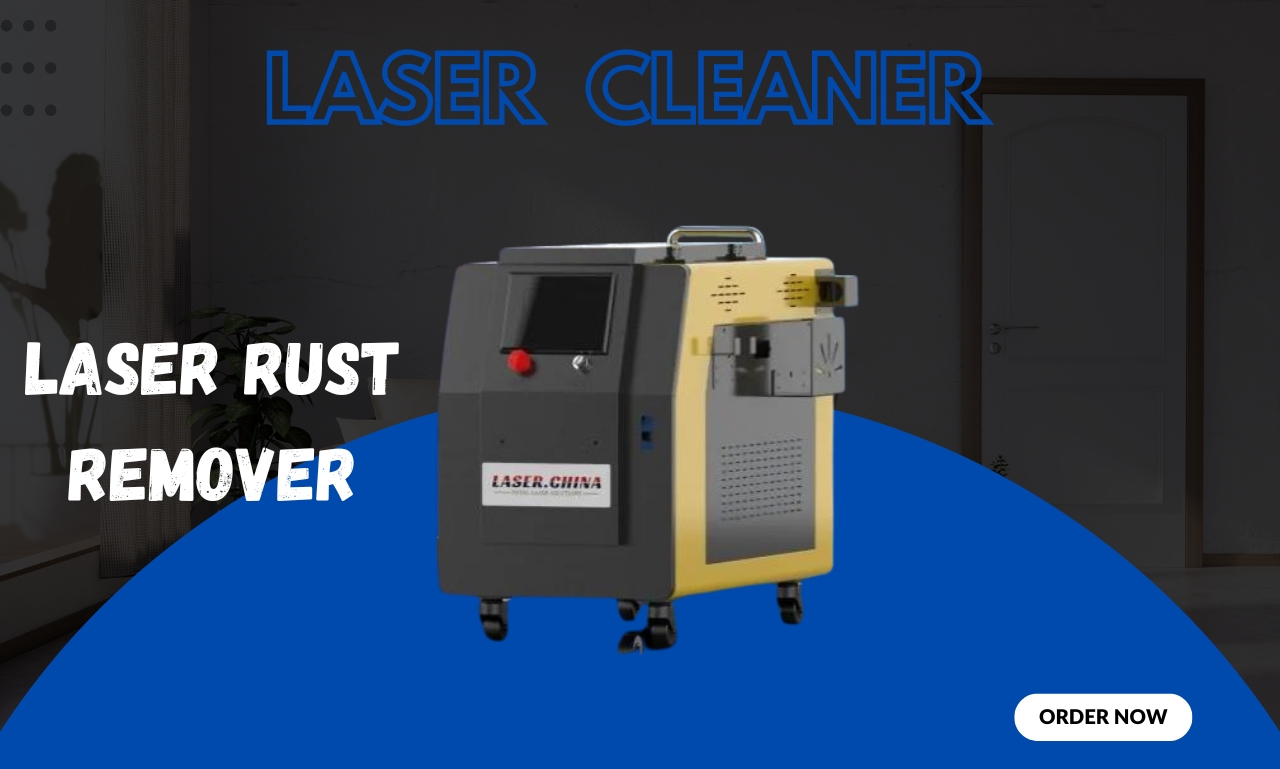A fiber laser welding machine is a high-precision tool that uses a fiber laser to generate a concentrated beam of light to weld metals and thermoplastics. This advanced welding technology is becoming increasingly popular in industries such as automotive, aerospace, electronics, and medical device manufacturing due to its speed, precision, and minimal heat-affected zone (HAZ).
Unlike traditional welding techniques such as MIG (Metal Inert Gas), TIG (Tungsten Inert Gas), or resistance welding, fiber laser welding relies on a laser beam that is transmitted through a flexible optical fiber. The fiber laser source uses rare-earth elements like ytterbium to amplify light, and the beam is focused on the welding surface using lenses or mirrors. This focused beam melts the material precisely at the joint, creating a clean and strong weld.
One of the key advantages of fiber laser welding is its high energy density, which allows for deep penetration and narrow weld seams. This leads to aesthetically pleasing, high-strength joints with little or no post-processing required. Compared to traditional arc welding, fiber laser welding generates less spatter and minimal distortion, making it ideal for delicate or high-tolerance applications.
Another major benefit is speed. Fiber laser welding is significantly faster than many conventional techniques. This increase in productivity reduces overall manufacturing time and cost. Moreover, since the beam can be precisely controlled and automated, it’s highly compatible with CNC systems and robotic arms, allowing for high-volume, consistent, and repeatable welds.
Fiber laser welders also offer better efficiency and lower maintenance costs. Traditional lasers like CO₂ lasers use mirrors and gas mixtures, which can degrade over time. In contrast, fiber lasers are solid-state devices with fewer moving parts and no consumable gases, leading to improved reliability and longer operational lifespans.
When comparing with other welding methods, such as TIG, which requires a high level of operator skill and is relatively slow, fiber laser welding proves superior in terms of ease of automation and suitability for mass production. Additionally, it can join dissimilar metals (like copper and aluminum), thin sheets, and even perform spot welding with high precision.
However, fiber laser welding machines do come with a higher initial investment compared to traditional welding setups. The cost of purchasing and setting up the equipment can be significant, which may deter small-scale workshops. But in the long term, the savings in labor, materials, and rework often justify the investment.
In terms of safety, laser welding systems must be operated in controlled environments, as high-intensity laser beams pose risks to eyes and skin. Proper shielding and training are essential to ensure operator safety.
In conclusion, a fiber laser welding machine represents a transformative leap in welding technology, offering unmatched speed, accuracy, and versatility. While the upfront cost is higher, the long-term benefits—particularly for high-precision or high-volume applications—make it a preferred choice for modern manufacturing environments. As the technology matures and becomes more affordable, its adoption is expected to continue growing across various industrial sectors.
